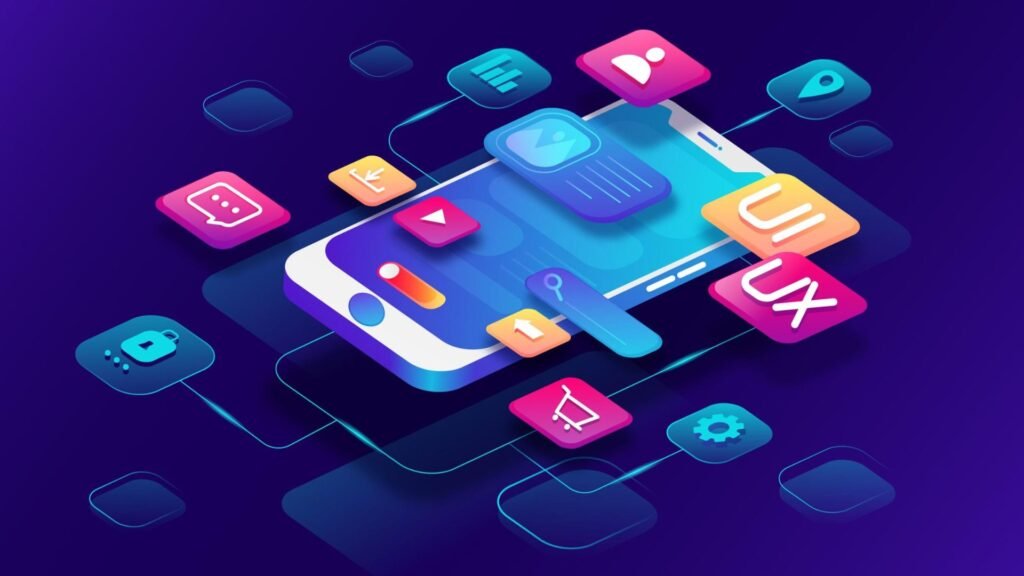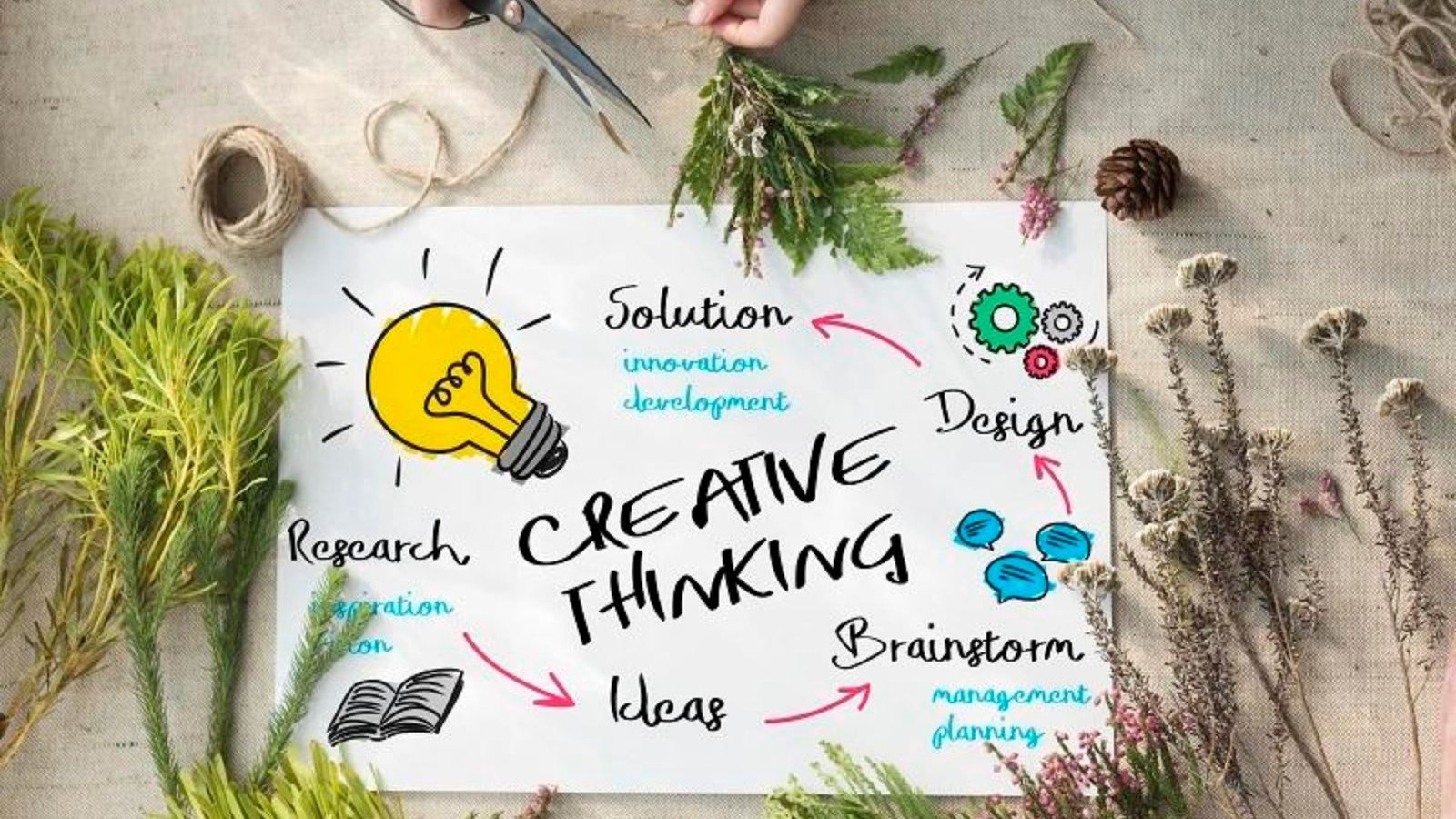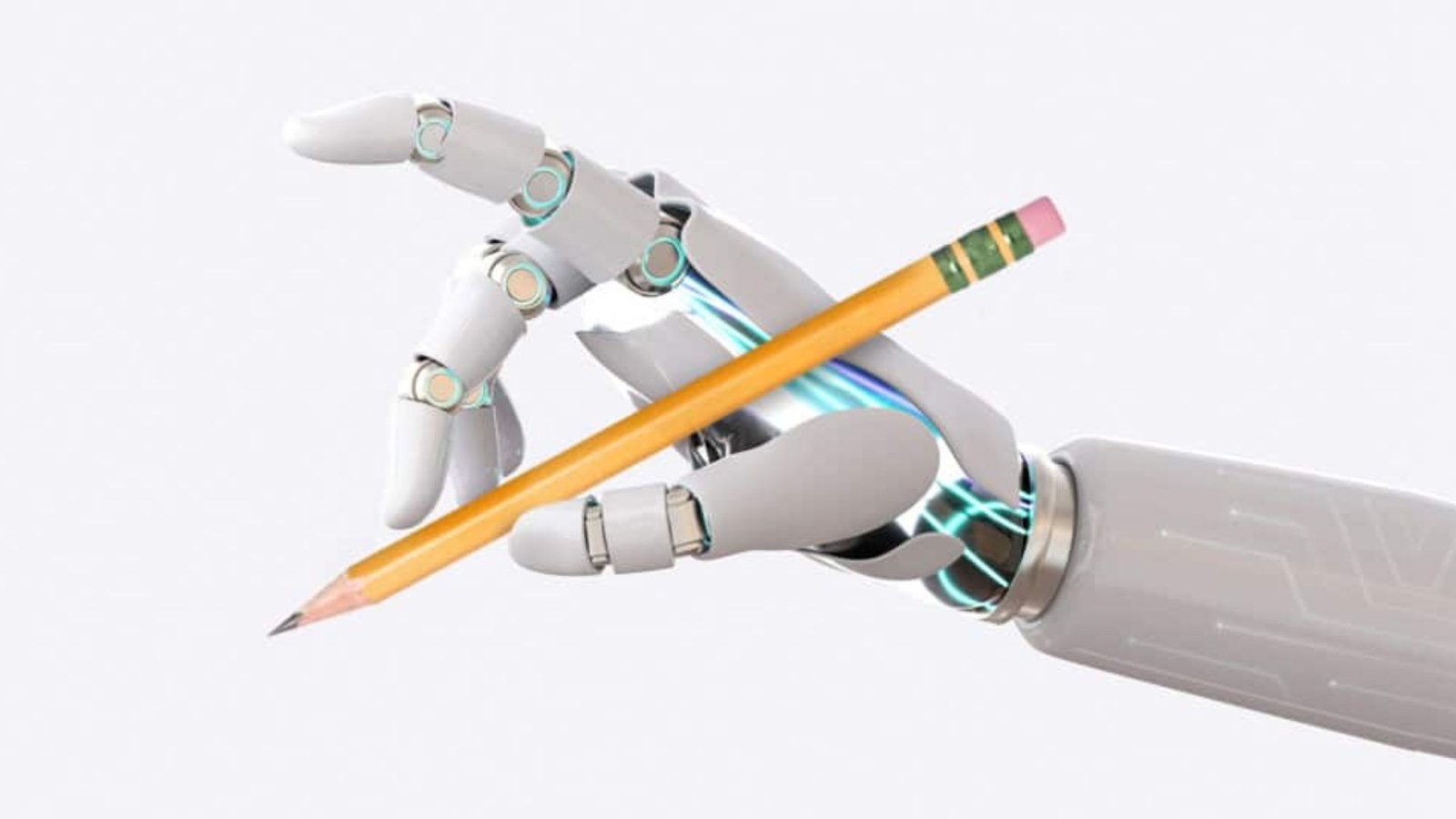Visual design trends for mobile applications are constantly evolving, reflecting changes in technology, user preferences, and design principles. Staying up-to-date with these trends can help designers create modern, engaging, and user-friendly apps. In this blog post, we will explore some of the key visual design trends for mobile applications and how they can enhance user experience.

Minimalist Design
Firstly, minimalist design remains a prominent trend in mobile applications. This approach focuses on simplicity, using clean lines, ample white space, and minimal elements. The goal is to create an intuitive and easy-to-navigate interface without unnecessary distractions. Minimalist design helps users focus on essential features and content, improving usability and overall user experience. By eliminating clutter and emphasizing core functions, apps can provide a more streamlined and efficient experience.
Dark Mode
Moreover, dark mode has become increasingly popular in mobile app design. Dark mode offers a visually appealing alternative to traditional light interfaces, using darker backgrounds with lighter text and elements. Dark mode can reduce eye strain, especially in low-light conditions, and save battery life on OLED screens. Many apps now include an option to switch between light and dark modes, allowing users to choose their preferred interface based on their environment and personal preferences.
Bold Typography
Additionally, bold typography is making a strong statement in mobile application design. Designers are using bold and distinctive fonts to capture attention and enhance readability. Large, eye-catching headings and text help emphasize key information and create a strong visual hierarchy. By incorporating bold typography, designers can make important content stand out and improve the overall visual impact of the app.
Microinteractions
Microinteractions are another key trend in mobile app design. These are subtle animations or feedback mechanisms that occur in response to user actions, such as tapping a button or swiping. Microinteractions provide visual cues and enhance the user experience by making interactions feel more dynamic and engaging. Examples include button animations, loading indicators, and subtle changes in element states. Effective use of microinteractions can make the app feel more responsive and enjoyable to use.
Customizable UI Elements
Customizable user interface (UI) elements are becoming more prevalent in mobile app design. Allowing users to customize their app experience by changing themes, layouts, or other settings can enhance user satisfaction and engagement. Customizable UI elements give users more control over how they interact with the app and allow them to tailor the experience to their preferences. This trend aligns with the growing demand for personalization in mobile applications.
Enhanced Visuals with AR and VR
Augmented reality (AR) and virtual reality (VR) technologies are increasingly being integrated into mobile app design. AR and VR can provide immersive and interactive experiences, allowing users to engage with content in new and exciting ways. For example, AR can overlay digital information onto the real world, while VR can create fully immersive virtual environments. These technologies offer opportunities for innovative visual design and can significantly enhance the user experience.
Vibrant Colors and Gradients
Vibrant colors and gradients are also making a strong impact in mobile app design. Designers are using bold, vibrant color palettes and smooth gradients to create visually striking interfaces. These elements can add depth, energy, and personality to the app, making it more visually appealing and memorable. Vibrant colors and gradients help apps stand out in a crowded marketplace and create a distinctive visual identity.
Responsive and Adaptive Design
Lastly, responsive and adaptive design is essential for ensuring a seamless user experience across different devices and screen sizes. Responsive design involves creating layouts that adjust automatically to fit various screen dimensions, while adaptive design involves creating multiple layouts optimized for different devices. By prioritizing responsive and adaptive design, developers can ensure that the app functions well on smartphones, tablets, and other devices, providing a consistent and enjoyable user experience.
Conclusion
In conclusion, visual design trends for mobile applications are focused on creating clean, engaging, and user-friendly experiences. Trends such as minimalist design, dark mode, bold typography, and microinteractions enhance usability and visual appeal. Customizable UI elements, AR and VR integration, vibrant colors, and responsive design further contribute to modern and effective app design. By staying updated with these trends and incorporating them thoughtfully, designers can create mobile applications that meet user needs and stand out in a competitive market.




